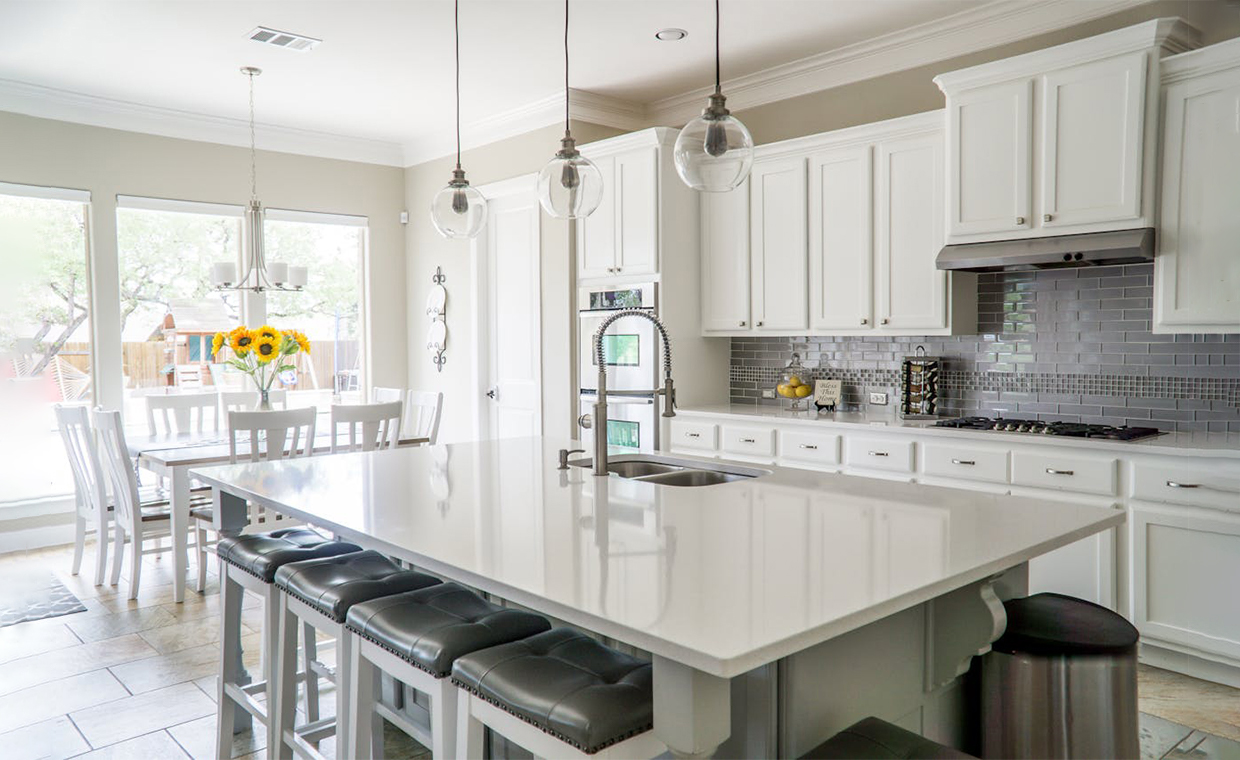
Water pumps are essential components in a wide range of applications, from providing a steady water supply in residential properties to supporting large-scale industrial operations. They ensure the efficient movement of water, whether it’s for irrigation, sewage treatment, or maintaining pressure in high-rise buildings. Their critical role in water supply highlights the necessity of proper maintenance to avoid costly downtime and ensure continuous operation.
Harsh environmental conditions characterised by extreme heat, pervasive dust, and sand, pose unique challenges for water pump maintenance. High temperatures can lead to overheating, while dust and sand can cause abrasive damage to internal components.
According to a leading supplier of water flow and pressure products, and water pump maintenance service provider, these factors necessitate specialised maintenance practices tailored to withstand and mitigate the impact of hot and arid environments on water pump systems. Gharpedia brings you a detailed guide on how to do water pump maintenance in harsh environment.
Types of Commonly Used Water Pumps
There are various types of water pumps designed to meet the diverse needs of residential, commercial, and industrial establishments. By knowing about the specific uses of each type of water pump, ensuring their optimal performance and longevity can get easier.
01. Submersible Pumps

Designed to operate while fully submerged in water, submersible pumps are ideal for applications like drainage, sewage pumping, and water extraction from deep wells. Their primary advantage lies in their ability to prevent cavitation, a common problem with surface pumps.
02. Centrifugal Pumps

Centrifugal pumps are widely used in various scenarios, including water supply for residential areas, irrigation systems, and industrial processes. These pumps work by converting rotational kinetic energy to hydrodynamic energy of the fluid flow.
03. Booster Pumps
Booster pumps in residential and commercial buildings are used to maintain adequate water pressure, especially in high-rise structures. They ensure a steady water flow from the main supply, even during peak usage times.
04. Solar Water Pumps
Sustainable and cost-effective, solar water pumps have become increasingly popular. These pumps utilise solar panels to generate electricity, making them ideal for remote or off-grid locations.
Key Components of Water Pumps and How to Maintain Them
The effective maintenance of water pumps requires a detailed understanding of their key components of water pumps. Each part plays a vital role in the overall operation, and knowing how to maintain these components can prevent failures and extend the lifespan of the pump.
01. Impellers
Impellers are the rotating components of a pump that transfer energy from the motor to the fluid, propelling it through the pump system. Common issues with impellers include wear and tear, clogging, and imbalance.
Maintenance Tips: Regular inspection of the impeller for damage, cleaning it to remove any debris, and ensuring it’s balanced properly to prevent excessive vibration and noise.
02. Bearings
Crucial for the smooth operation of water pumps, bearings support the rotational movement of the impeller and shaft. Signs of bearing wear include unusual noise, an increase in vibration, and overheating.
Maintenance Tips: Regular lubrication and periodic inspection for signs of wear or damage are essential maintenance practices. Replace the bearings at the first sign of failure to prevent more extensive damage to the pump.
03. Seals and Gaskets
Seals and gaskets play a critical role in preventing leaks within a pump system. These are found at various points, including the pump casing, impeller shaft, and connections. Over time, seals and gaskets can degrade due to wear, heat, and chemical exposure.
Maintenance Tips: Regularly inspecting these components for signs of wear and replacing them as needed is crucial for maintaining the integrity of your pump system and preventing leaks.
04. Motors
The motor is the powerhouse of the pump, as it drives the impeller to move water through a pump system. Signs of motor failure include excessive noise, overheating, and reduced performance.
Maintenance Tips: Preventive maintenance strategies for motors include the regular inspection of electrical connections, cleaning the motor housing to prevent dust and debris buildup, and monitoring for unusual vibrations. Ensure the motor is properly ventilated and operating within its specified voltage range to help prevent premature failure.
05. Piping and Connections
Proper piping and secure connections are vital to prevent leaks and ensure efficient water flow.
Maintenance Tips: Check piping and all connections for signs of corrosion, wear, and leaks. Ensure that all pipes are properly aligned and supported to prevent undue stress and potential failure. Additionally, using the appropriate sealants and fittings can enhance the durability and reliability of your piping system.
Water Pump Maintenance: Best Practices
To ensure the longevity and reliability of water pumps, especially in challenging environments, effective maintenance practices are crucial. Regular maintenance not only prevents unexpected failures but also optimises the efficiency of pump systems.
Here are some of the best water pump maintenance practices to keep your water pumps in top condition.
01. Regular Inspection Schedules

Setting and adhering to a routine check-up schedule is essential for the early detection of potential issues. Regular inspections should include checking for:
- signs of wear
- leaks
- unusual noises
- vibration
Monthly inspections can help identify problems early, while more comprehensive bi-annual or annual inspections can cover in-depth checks on critical components such as impellers, bearings, seals, and electrical connections.
02. Cleaning and Lubrication
Dust, sand, and debris can accumulate and cause blockages or abrasion. This is why cleaning and lubrication are necessary to reduce friction and wear on moving parts.
- Regularly clean the exterior and interior parts to remove buildup.
- Use the appropriate lubricants as recommended by the manufacturer.
- Follow a regular lubrication schedule to keep the bearings and other moving parts in optimal condition.
03. Performance Monitoring

Tracking the performance of your water pump through various metrics can help in maintaining efficiency and spotting issues early.
- Use flow metres to measure the volume of water being pumped.
- Use pressure gauges to monitor the pressure levels.
Sudden changes in these metrics can indicate problems, such as blockages, leaks, or mechanical failures.
04. Addressing Wear and Tear
Wear and tear are inevitable in water pumps, but early identification and prompt action can prevent minor issues from escalating.
- Look for signs such as increased noise, vibrations, reduced water flow, or leaks.
- Regularly inspect and replace worn-out parts.
- Keep spare parts on hand to reduce downtime when replacements are necessary.
Preventive water pump maintenance (rather than reactive) ensures your water pumps operate efficiently and extend their lifespan.
Protect Your Water Pump System with Proper Maintenance:
Water pump maintenance is an essential practice that ensures the reliability and efficiency of water systems, particularly in challenging environments.
Besides this important practice, choosing the right water pump suppliers is also essential to get high-quality service and products, and ensure optimal pump performance.
Read our guide on how to install hot water recirculating pump:






























